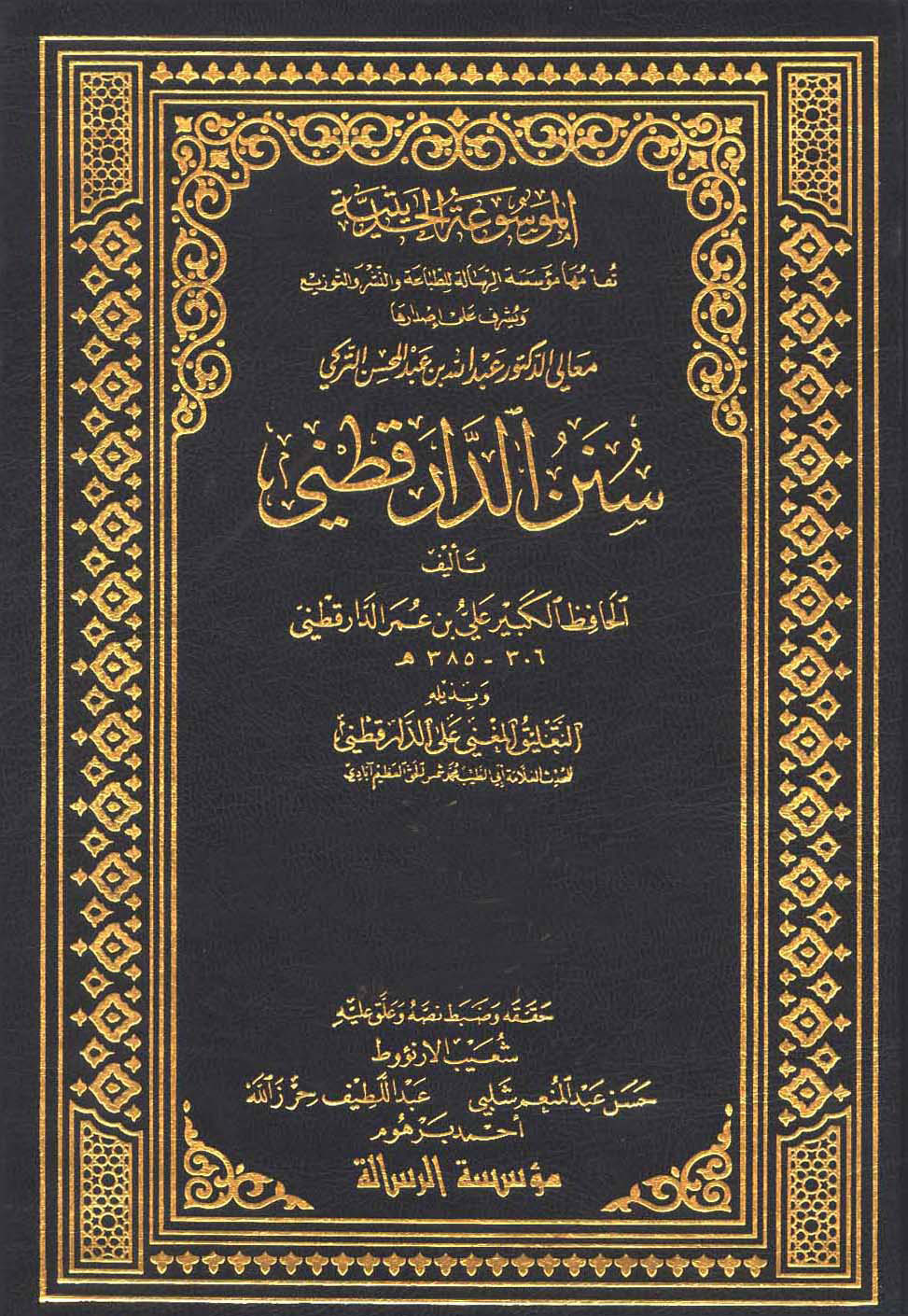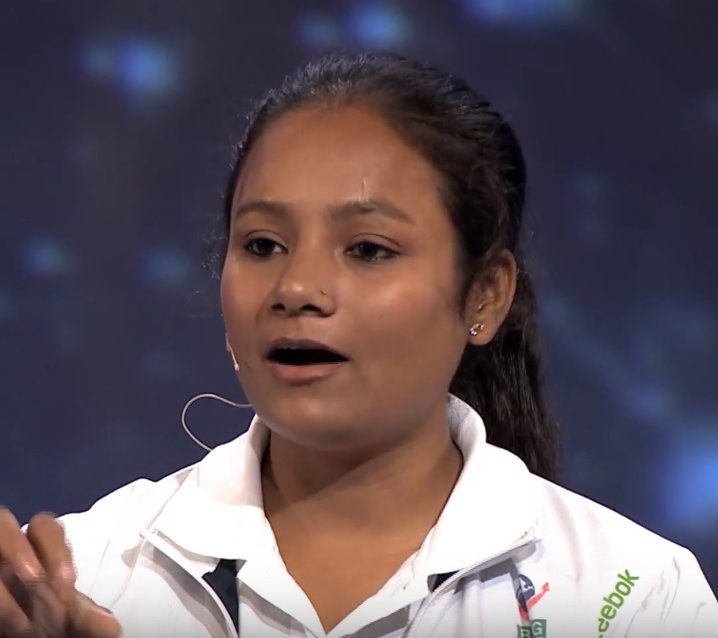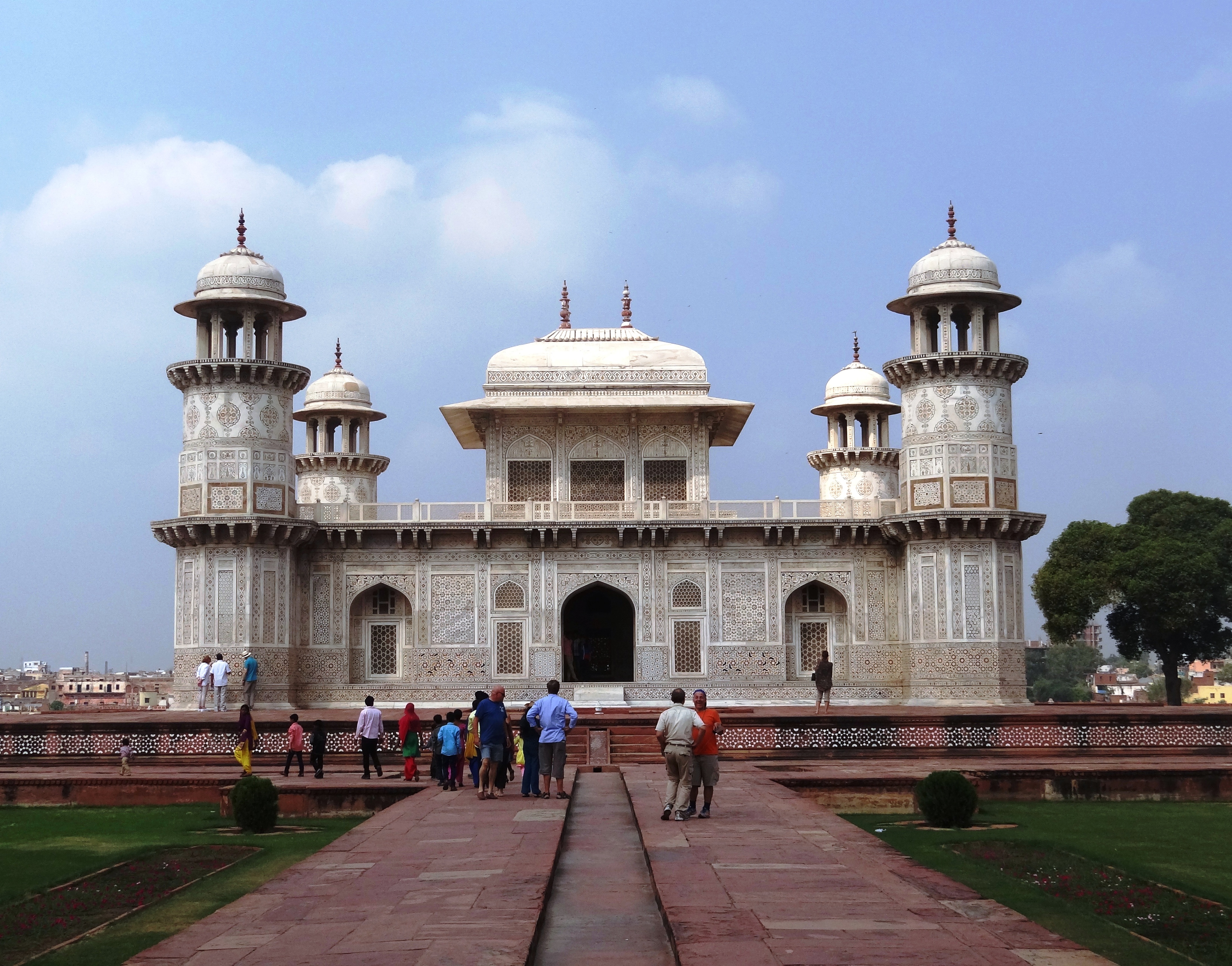|
Syed Mohammed Mukhtar Ashraf
Syed Mohammed Mukhtar Ashraf (Urdu: , hi , सैयद मोहम्मद मुख्तार अशरफ़) (born on 4 August 1916 CE; 4 Shawwal 1334 AH) well known as Sarkar E Kalan (Urdu: , hi , सरकार ए कला) or Makhdoon ul Mashaikh (Urdu: , hi , शैखुल मशाईख ) was an Indian Sufi saint, spiritual leader, Islamic Scholar of Ahle Sunnah of the Ashrafi sufi order from Ashrafpur Kichhauchha, Uttar Pradesh, India. He was the Sajjada nashin of Dargah Ashraf Jahangir Semnani, founder of the Ashrafi Sufi Order. Syed died on 21 November 1996 in Ashrafpur Kichhauchha and is buried near dargah of Ashraf Jahangir Semnani. Early life Syed was born on 4 August 1916 CE, according to Islamic calendar he was born on 4 Shawwal 1334 AH in Kichhauchha Sharif. He was the son of Sufi Syed Ahmed Ashraf and descendent to Ashraf Jahangir Semnani, founder of the Ashrafi Movement. Education He completed his primary Islamic education at Kichhauchha ... [...More Info...] [...Related Items...] OR: [Wikipedia] [Google] [Baidu] |
Islam
Islam (; ar, ۘالِإسلَام, , ) is an Abrahamic monotheistic religion centred primarily around the Quran, a religious text considered by Muslims to be the direct word of God (or ''Allah'') as it was revealed to Muhammad, the main and final Islamic prophet.Peters, F. E. 2009. "Allāh." In , edited by J. L. Esposito. Oxford: Oxford University Press. . (See alsoquick reference) " e Muslims' understanding of Allāh is based...on the Qurʿān's public witness. Allāh is Unique, the Creator, Sovereign, and Judge of mankind. It is Allāh who directs the universe through his direct action on nature and who has guided human history through his prophets, Abraham, with whom he made his covenant, Moses/Moosa, Jesus/Eesa, and Muḥammad, through all of whom he founded his chosen communities, the 'Peoples of the Book.'" It is the world's second-largest religion behind Christianity, with its followers ranging between 1-1.8 billion globally, or around a quarter of the world' ... [...More Info...] [...Related Items...] OR: [Wikipedia] [Google] [Baidu] |
Sunnah
In Islam, , also spelled ( ar, سنة), are the traditions and practices of the Islamic prophet Muhammad that constitute a model for Muslims to follow. The sunnah is what all the Muslims of Muhammad's time evidently saw and followed and passed on to the next generations. According to classical Islamic theories, the sunnah are documented by hadith (the verbally transmitted record of the teachings, deeds and sayings, silent permissions or disapprovals of Muhammad), and along with the Quran (the book of Islam), are the divine revelation ('' Wahy'') delivered through Muhammad Brown, ''Rethinking tradition in modern Islamic thought'', 1996: p.7 that make up the primary sources of Islamic law and belief/theology. Differing from Sunni classical Islamic theories are those of Shia Muslims, who hold that the Twelve Imams interpret the sunnah, and Sufi who hold that Muhammad transmitted the values of sunnah "through a series of Sufi teachers." According to Muslim belief, Muhammad w ... [...More Info...] [...Related Items...] OR: [Wikipedia] [Google] [Baidu] |
Hashmi Miya
Syed Muhammad Hashmi Miyan (Urdu سید محمد ہاشمی میاں) is an Indian Sunni Sufi Muslim scholar and preacher. He is recognised as Ghazi e Millat (warrior of the community). He is followed by many Hindi and Urdu speakers, and is recognised as the member of 40th generation of the Islamic prophet, Muhammad. According to one British website Hashmi Miyan is the youngest son of ''Muhaddis e Azam e Hind''. He is the younger brother of Madani Miya. Views He had opposed the Citizenship Amendment Act The Citizenship (Amendment) Act, 2019 was passed by the Parliament of India on 11 December 2019. It amended the Indian nationality law, Citizenship Act, 1955 by providing a pathway to Indian citizenship for Religious persecution, persecuted rel ..., quoting that it is fine to eliminate the illegal immigrants from India, but it is quite difficult for all the Indian citizens to prove their residence-ship in India. He believes that there is no religion of terrorism. Liter ... [...More Info...] [...Related Items...] OR: [Wikipedia] [Google] [Baidu] |
1417 AH
Year 1417 ( MCDXVII) was a common year starting on Friday (link will display the full calendar) of the Julian calendar. Events January–December * June 29 – An English fleet, led by the Earl of Huntingdon, defeats a fleet of Genoese carracks and captures their admiral, the "Bastard of Bourbon". * July 27 – Avignon Pope Benedict XIII is deposed, bringing to an end the Great Western Schism. * August 12 – King Henry V of England begins using English in correspondence (back to England from France whilst on campaign), marking the beginning of this king's continuous usage of English in prose, and the beginning of the restoration of English as an official language for the first time since the Norman Conquest, some 350 years earlier. * September 20 – Henry V of England captures Caen, Normandy, which remains in English hands until 1450. * November 14 – Pope Martin V succeeds Pope Gregory XII (who abdicated in 1415), as the 206th pope. D ... [...More Info...] [...Related Items...] OR: [Wikipedia] [Google] [Baidu] |
Rajab
Rajab ( ar, رَجَب) is the seventh month of the Islamic calendar. The lexical definition of the classical Arabic verb ''rajaba'' is "to respect" which could also mean "be awe or be in fear", of which Rajab is a derivative. This month is regarded as one of the four sacred months (including Muharram, Dhu al-Qadah and Dhu al-Hijjah) in Islam in which battles are prohibited. The pre-Islamic Arabs also considered warfare blasphemous during the four months. Muslims believe Rajab is the month in which ‘Alī ibn Abī Tālib, the fourth Caliph of Sunni Muslims, was born. Rajab is also the month during which Isra' Mi'raj (journey from Mecca to Jerusalem and then through the 7 Heavens) of the Islamic prophet, Muhammad, took place. Rajab and Shaʿbān are a prelude to the holy month Ramaḍān. Description The word "Rajab" came from "r''ajūb'' (رجوب)", the sense of veneration or glorification, and Rajab was also formerly called "''Mudhar''" because the tribe of ''Mudhar'' ... [...More Info...] [...Related Items...] OR: [Wikipedia] [Google] [Baidu] |
Ambedkar Nagar
Ambedkar Nagar is a district in the Indian state of Uttar Pradesh. This district is a part of Faizabad division (officially ''Ayodhya division'') in the Awadh region of the state. This district was established on 29 September 1995 by carving out parts of the erstwhile Faizabad district (now Ayodhya district). It was created by the then Chief Minister Mayawati and named in memory of Bhimrao Ambedkar, who worked for the advancement of the deprived classes, women and other weaker sections of society. The total area of Ambedkar Nagar district is 2350 Sq. Km. Geography Topography Ambedkar Nagar is located on the north-eastern part of Uttar Pradesh. It lies between 26° 09' N to 26° 40' N latitudes and 82° 12' E to 83° 05' E longitudes. It is bounded on the north by Basti and Sant Kabir Nagar districts, on the north-east by Gorakhpur district, on the south by Sultanpur district, on the west by Faizabad district, on the east by Azamgarh district, and on the south east by Shahga ... [...More Info...] [...Related Items...] OR: [Wikipedia] [Google] [Baidu] |
Kichhauchha Sharif
Ambedkar Nagar is a district in the Indian state of Uttar Pradesh. This district is a part of Faizabad division (officially ''Ayodhya division'') in the Awadh region of the state. This district was established on 29 September 1995 by carving out parts of the erstwhile Faizabad district (now Ayodhya district). It was created by the then Chief Minister Mayawati and named in memory of Bhimrao Ambedkar, who worked for the advancement of the deprived classes, women and other weaker sections of society. The total area of Ambedkar Nagar district is 2350 Sq. Km. Geography Topography Ambedkar Nagar is located on the north-eastern part of Uttar Pradesh. It lies between 26° 09' N to 26° 40' N latitudes and 82° 12' E to 83° 05' E longitudes. It is bounded on the north by Basti and Sant Kabir Nagar districts, on the north-east by Gorakhpur district, on the south by Sultanpur district, on the west by Faizabad district, on the east by Azamgarh district, and on the south east by Shah ... [...More Info...] [...Related Items...] OR: [Wikipedia] [Google] [Baidu] |
Tomb
A tomb ( grc-gre, τύμβος ''tumbos'') is a repository for the remains of the dead. It is generally any structurally enclosed interment space or burial chamber, of varying sizes. Placing a corpse into a tomb can be called ''immurement'', and is a method of final disposition, as an alternative to cremation or burial. Overview The word is used in a broad sense to encompass a number of such types of places of interment or, occasionally, burial, including: * Architectural shrines – in Christianity, an architectural shrine above a saint's first place of burial, as opposed to a similar shrine on which stands a reliquary or feretory into which the saint's remains have been transferred * Burial vault – a stone or brick-lined underground space for multiple burials, originally vaulted, often privately owned for specific family groups; usually beneath a religious building such as a church ** Cemetery ** Churchyard * Catacombs * Chamber tomb * Charnel house * Chur ... [...More Info...] [...Related Items...] OR: [Wikipedia] [Google] [Baidu] |
Arbaʽeen
, duration = 1 day , frequency = once every Islamic year , observedby = Shia , date = 20 Safar , date2018 = 30 October , date2019 = 19 October , date2020 = 8 October , date2021 = 28 September , date2022 = 17 September , observances = Visiting the Imam Husayn Shrine, Karbala , type = Shia, Alevi, Sufi , significance = 40 days after Ashura , alt = , litcolor = , celebrations = , begins = , ends = , weekday = , month = , scheduling = , firsttime = , startedby = , relatedto = Arbaeen ( ar, الأربعين, al-Arba‘īn, lit=forty), Chehellom ( fa, چهلم, "the fortieth day") is a Shia religious observance that occurs forty days after the Day of Ashura. It commemorates the martyrdom of Al-Husayn ibn Ali, the grandson of Muhammad, who was martyred on the 10th day of the month of Muharram. Imam Hussain ibn Ali and 71 of his compan ... [...More Info...] [...Related Items...] OR: [Wikipedia] [Google] [Baidu] |
Spiritual Successor
A spiritual successor (sometimes called a spiritual sequel) is a product or fictional work that is similar to, or directly inspired by, another previous work, but (unlike a traditional prequel or sequel) does not explicitly continue the product line or media franchise of its predecessor, and is thus only a successor "in spirit". Spiritual successors often have similar themes and styles to their source material, but are generally a distinct intellectual property. In fiction, the term generally refers to a work by a creator that shares similarities to one of their earlier works, but is set in a different continuity, and features distinct characters and settings. Such works may arise when licensing issues prevent a creator from releasing a direct sequel using the same copyrighted characters and names as the original. The term is also used more broadly to describe a pastiche work that intentionally evokes similarities to pay homage to other influential works, but is also distinct e ... [...More Info...] [...Related Items...] OR: [Wikipedia] [Google] [Baidu] |
Dars-i Nizami
Dars-i Nizami is a study curriculum or system used in many Islamic institutions (madrassas) and Dar Ul Ulooms, which originated in the Indian subcontinent in the 18th century and can now also be found in parts of South Africa, Canada, the United States, the Caribbean and the UK. The Dars-i Nizami system was developed by Nizamuddin Sihalivi (1161 AH/1748 CE) from the Firangi Mahal ''Ulama'' (Islamic scholars) group, after whom the Dars-i Nizami were named (Robinson, 2001: p72). Sihali is a village in Fatehpur Block in Barabanki District of Uttar Pradesh State, India See also * Darul Uloom * Madrasah Madrasa (, also , ; Arabic: مدرسة , pl. , ) is the Arabic word for any type of educational institution, secular or religious (of any religion), whether for elementary instruction or higher learning. The word is variously transliterated '' ... References External links darsenizami official site Further reading * Madrasas Islamic education Curricula Islam in Ind ... [...More Info...] [...Related Items...] OR: [Wikipedia] [Google] [Baidu] |
.jpg)



